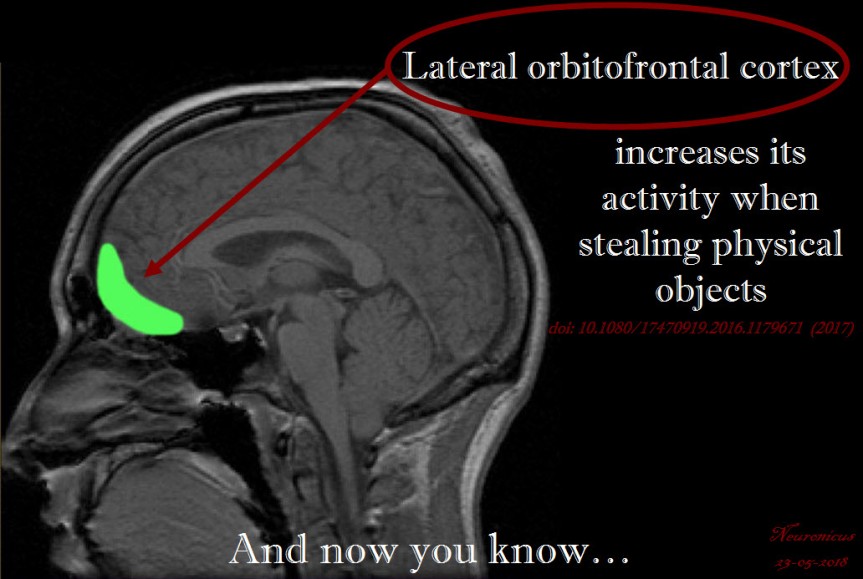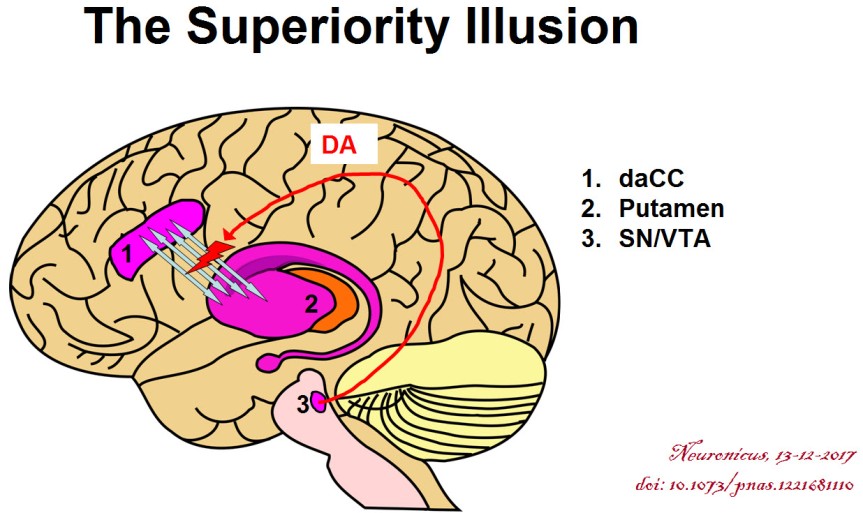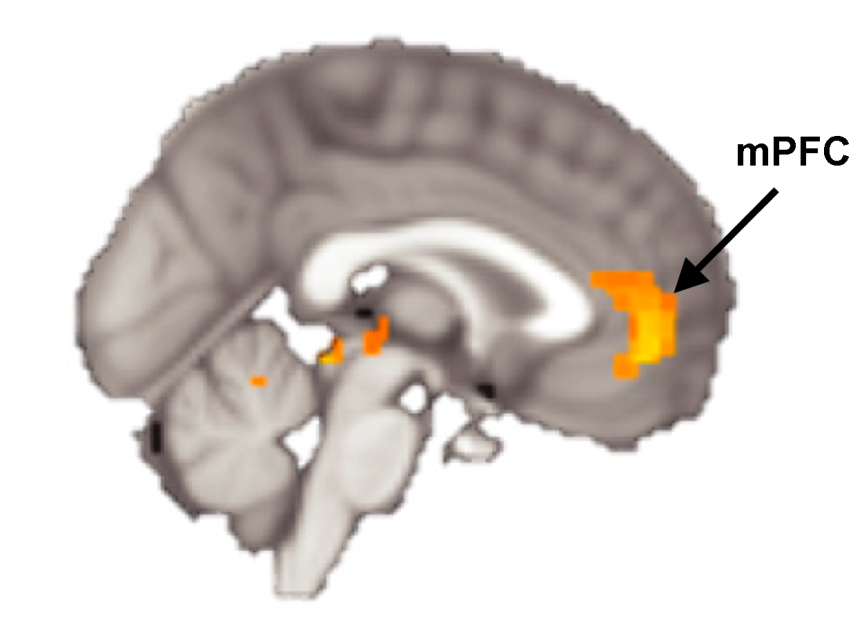Exactly 317 years ago, Captain William Kidd was tried and executed for piracy. Whether or not he was a pirate is debatable but what is not under dispute is that people do like to pirate. Throughout the human history, whenever there was opportunity, there was also theft. Wait…, is theft the same as piracy?
If we talk about Captain “Arrr… me mateys” sailing the high seas under the “Jolly Roger” flag, there is no legal or ethical dispute that piracy is equivalent with theft. But what about today’s digital piracy? Despite what the grieved parties may vociferously advocate, digital piracy is not theft because what is being stolen is a copy of the goodie, not the goodie itself therefore it is an infringement and not an actual theft. That’s from a legal standpoint. Ethically though…
For Eres et al. (2016), theft is theft, whether the object of thievery is tangible or not. So why are people who have no problem pirating information from the internet squeamish when it comes to shoplifting the same item?
First, is it true that people are more likely to steal intangible things than physical objects? A questionnaire involving 127 young adults revealed that yes, people of both genders are more likely to steal intangible items, regardless if they (the items) are cheap or expensive or the company that owned the item is big or small. Older people were less likely to pirate and those who already pirated were more likely to do so in the future.

In a different experiment, Eres et al. (2016) stuck 35 people in the fMRI and asked them to imagine the tangibility (e.g., CD, Book) or intangibility (e.g., .pdf, .avi) of some items (e.g., book, music, movie, software). Then they asked the participants how they would feel after they would steal or purchase these items.
People were inclined to feel more guilty if the item was illegally obtained, particularly if the object was tangible, proving that, at least from an emotional point of view, stealing and infringement are two different things. An increase in the activation the left lateral orbitofrontal cortex (OFC) was seen when the illegally obtained item was tangible. Lateral OFC is a brain area known for its involvement in evaluating the nature of punishment and displeasurable information. The more sensitive to punishment a person is, the more likely it is to be morally sensitive as well.
Or, as the authors put it, it is more difficult to imagine intangible things vs. physical objects and that “difficulty in representing intangible items leads to less moral sensitivity when stealing these items” (p. 374). Physical items are, well…, more physical, hence, possibly, demanding a more immediate attention, at least evolutionarily speaking.
(Divergent thought. Some studies found that religious people are less socially moral than non-religious. Could that be because for the religious the punishment for a social transgression is non-existent if they repent enough whereas for the non-religious the punishment is immediate and factual?)

Like most social neuroscience imaging studies, this one lacks ecological validity (i.e., people imagined stealing, they did not actually steal), a lacuna that the authors are gracious enough to admit. Another drawback of imaging studies is the small sample size, which is to blame, the authors believe, for failing to see a correlation between the guilt score and brain activation, which other studies apparently have shown.
A simple, interesting paper providing food for thought not only for the psychologists, but for the law makers and philosophers as well. I do not believe that stealing and infringement are the same. Legally they are not, now we know that emotionally they are not either, so shouldn’t they also be separated morally?
And if so, should we punish people more or less for stealing intangible things? Intuitively, because I too have a left OFC that’s less active when talking about transgressing social norms involving intangible things, I think that punishment for copyright infringement should be less than that for stealing physical objects of equivalent value.
But value…, well, that’s where it gets complicated, isn’t it? Because just as intangible as an .mp3 is the dignity of a fellow human, par example. What price should we put on that? What punishment should we deliver to those robbing human dignity with impunity?
Ah, intangibility… it gets you coming and going.
I got on this thieving intangibles dilemma because I’m re-re-re-re-re-reading Feet of Clay, a Discworld novel by Terry Pratchett and this quote from it stuck in my mind:
“Vimes reached behind the desk and picked up a faded copy of Twurp’s Peerage or, as he personally thought of it, the guide to the criminal classes. You wouldn’t find slum dwellers in these pages, but you would find their landlords. And, while it was regarded as pretty good evidence of criminality to be living in a slum, for some reason owning a whole street of them merely got you invited to the very best social occasions.”
REFERENCE: Eres R, Louis WR, & Molenberghs P (Epub 8 May 2016, Pub Aug 2017). Why do people pirate? A neuroimaging investigation. Social Neuroscience, 12(4):366-378. PMID: 27156807, DOI: 10.1080/17470919.2016.1179671. ARTICLE
By Neuronicus, 23 May 2018







